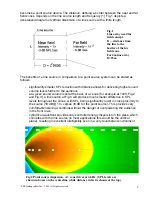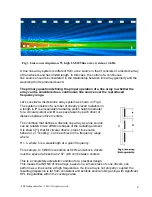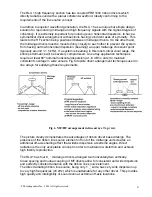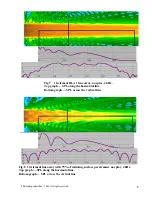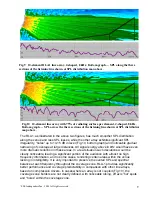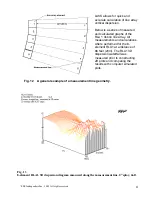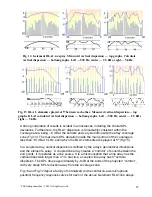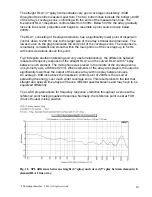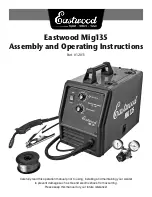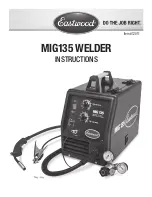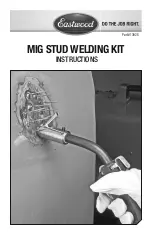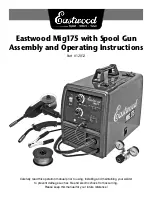
' SLS loudspeakers Inc., 2002. All rights reserved.
1
RLA 1 Ribbon Line Array
The unique technology behind a truly coherent line array for high
fidelity professional sound systems
Introduction
Line array loudspeaker systems have recently received a high level of attention and have
even become fashionable, revolutionizing the very basics of professional sound
applications. Although the general concept of line arrays is not new, the contemporary
incarnations of this principle represent significantly different loudspeaker systems. This
new generation of line array systems aims to benefit from very specific radiation
properties, exhibited by an ideal line source radiator. A line source radiator has unique
and highly desirable features such as: lower SPL reduction with distance than a normal
system and far superior dispersion control in the vertical plane (if the line is oriented
vertically). These unique characteristics render line arrays as a separate and unique class
of loudspeaker systems.
In spite of their growing popularity in professional and consumer markets, there is a
definite complexity in the design and proper application of these systems. A line array that
allows for maximum utilization of the benefits of a line source radiator would become a
powerful and very efficient tool for the industry. However, a certain degree of
misconception of some basic line array principles and specifics is still common. As a
result, some of the currently marketed line array systems have quite questionable
performance benefits and lower than expected sound quality.
It must be stressed, that in addition to these misconceptions, horn loaded compression
driver technology imposes certain limitations, preventing manufacturers from developing
high performance line arrays with truly coherent dispersion. In order to fully benefit from
the implementation of the line source concept, a line array system must incorporate
transducers arranged in a continuous line that produces a coherent planar wavefront
along the entire array. In order to simulate a continuous planar wavefront, a line array
design must abandon the concept of simple vertical stack of compression drivers
terminated with horns. This requires a radical change in horn design techniques used for
decades. However, this is hardly possible due to the very principle of compression driver
operation. As a solution, all current designs eventually accept various compromises and
incorporate a host of extended sound conduits, phase plugs, fins and various acoustical
delay devices. This, according to a manufacturers’ literature, supposedly directs and
squeezes sound waves into a predetermined shape, with an output wavefront which
should eventually resemble a continuous line or planar radiator at the mouth of integrated
horn.
The truth is, that the laws of sound propagation are much more complex than a flow of a
liquid through pipes, and one can not endlessly reshape sound waves without distorting
the original. All this “treatment” further complicates the transition of sound waves in such
systems, producing very audible distortion. The necessity to use horn loading at high
frequencies is in contradiction with the need of close spacing of midrange drivers for wide
and consistent horizontal dispersion. Therefore midrange drivers in turn are also forced
into various types of arrangements. In some line array designs they are hidden deep



